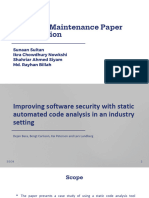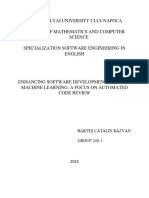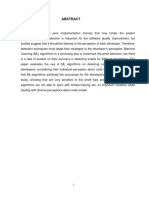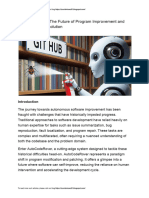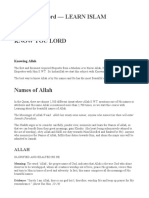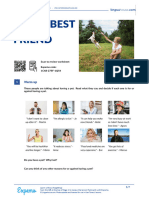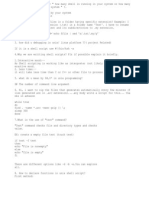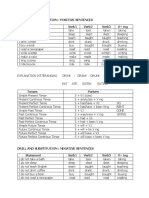0% found this document useful (0 votes)
8 views8 pagesCodeSense 1
CodeSense is an AI-powered software code analyzer designed to automate code quality inspection and provide intelligent feedback, addressing the challenges of complex codebases and manual reviews. It integrates Natural Language Processing, Machine Learning, and static analysis to detect errors and suggest corrective measures, improving code readability, maintainability, and security. The system aims to enhance developer productivity, reduce debugging costs, and promote clean coding practices in both academia and industry.
Uploaded by
tanishqkumar467Copyright
© © All Rights Reserved
We take content rights seriously. If you suspect this is your content, claim it here.
Available Formats
Download as DOCX, PDF, TXT or read online on Scribd
0% found this document useful (0 votes)
8 views8 pagesCodeSense 1
CodeSense is an AI-powered software code analyzer designed to automate code quality inspection and provide intelligent feedback, addressing the challenges of complex codebases and manual reviews. It integrates Natural Language Processing, Machine Learning, and static analysis to detect errors and suggest corrective measures, improving code readability, maintainability, and security. The system aims to enhance developer productivity, reduce debugging costs, and promote clean coding practices in both academia and industry.
Uploaded by
tanishqkumar467Copyright
© © All Rights Reserved
We take content rights seriously. If you suspect this is your content, claim it here.
Available Formats
Download as DOCX, PDF, TXT or read online on Scribd
/ 8

























